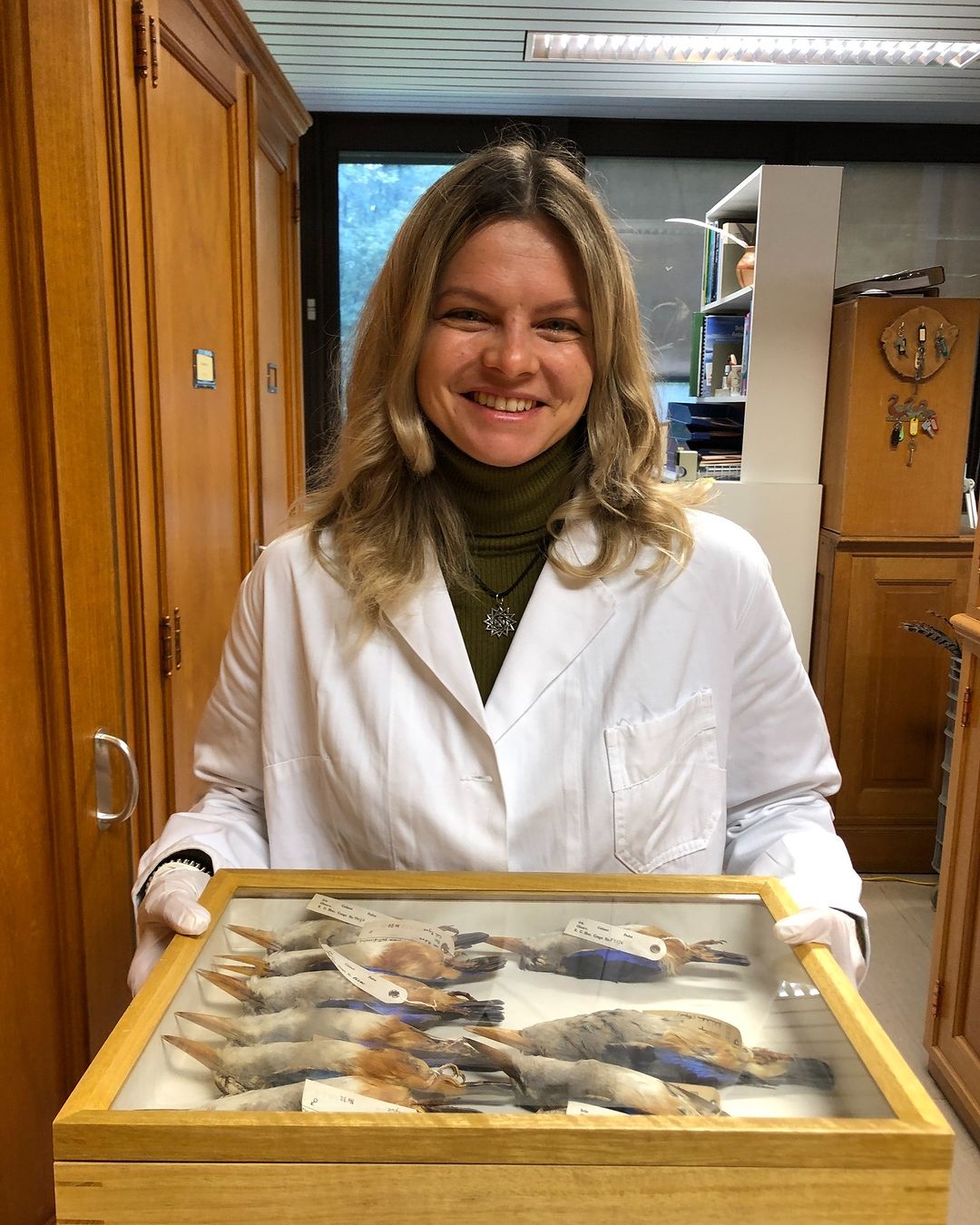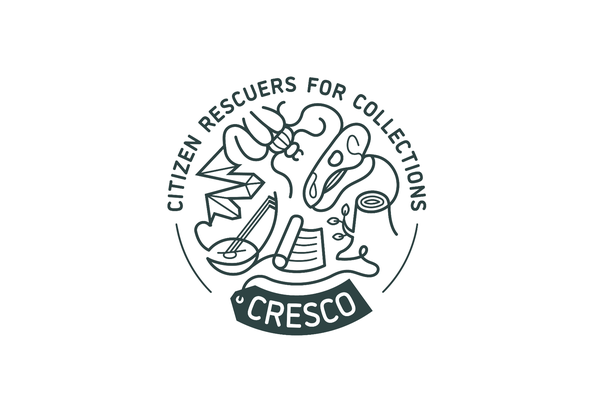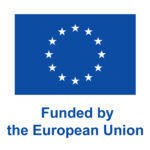Project Description:
The Royal Belgian Institute of Natural Sciences (RBINS) and the Royal Museum for Central Africa (RMCA), want to engage a broad audience in the valorization of the entomology, ornithology and wood biology collections by using virtual crowdsourcing platforms and through physical Citizen Science (CS) investigation actions.
Project Type: Kick Starter
Theme: Healthy Planet, Biodiversity
Mentor: Gefion Thuermer
The invisible museum – How citizen scientists can help reveal the full potential of biological collections
Author: Luiza Mitrache, CRESCO project manager, Citizen Science Coordinator for the AfricaMuseum and the Institute of Natural Sciences
When you visit a museum, what you see is its most prestigious collections, its latest research and its most successful researchers. You see the state of knowledge at a point in time. But only a tiny percentage of all curated collections are investigated and later put on display. Some specimens will probably never be studied or shown. How can we change that? How do museums create the conditions for knowledge to grow?
The citizen science project CRESCO Citizen Rescuers for Collections has been set up to tackle this problem (Cresco, -ere means to grow, to prosper in Latin). As part of the first IMPETUS Accelerator for Citizen Science, a team of Belgian biology researchers and curators from the AfricaMuseum (Tervuren) and the Institute of Natural Sciences (Brussels) have joined forces with 26 citizen scientists to make collection data accessible. How?
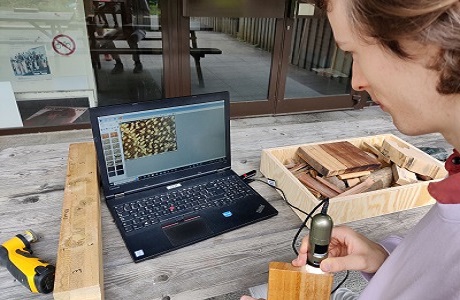
One way of doing that is by taking standardized photos of specimens, which can help researchers worldwide describe a specimen without actually visiting the museum’s collection. This can be an advantage if you are a young PhD researcher living in Peru. Another way is by transcribing hundred-year-old handwritten collection labels, the ones that even the best Optical Character Recognition (OCR) programs cannot deal with.
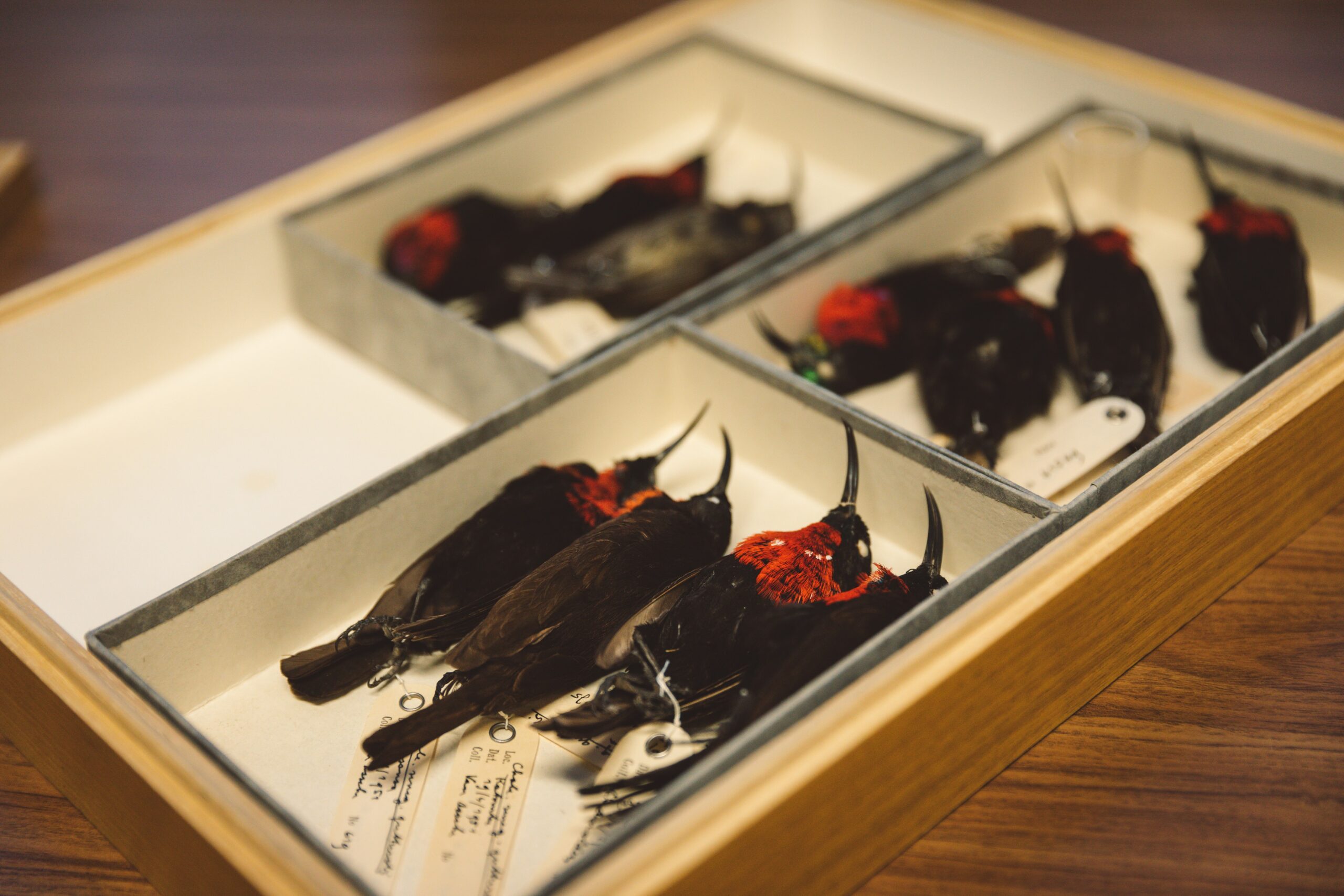
The Institute of Natural Sciences hosts 17.000.000 insect specimens. The Tervuren bird collection counts 150.000 specimens. Over 81.000 wood samples from over 13.500 species worldwide constitute the Tervuren xylarium, one the most important collections in the world.
During the six months of the project, citizen scientists have photographed 3000 birds and 1000 wood samples. 2300 mite labels were transcribed from home, using the crowdsourcing platform DoeDat. Without citizen scientists and the support of IMPETUS, these specimens would have remained invisible for much longer.
The 14 on-site citizen scientists in the CRESCO community come from five different countries. They speak at least eight languages between them, but still, they managed to find a common language while collaborating with researchers at the AfricaMuseum.
Olha is Ukrainian and enrolled in the project to “do something meaningful and give something back to the Belgian people”. Olayemi, a Nigerian national, is delighted with enriching the reference image database of protected wood species and “contributing to scientific advancements that have the potential to shape a more sustainable and greener future”. Thanks to Olayemi and his colleagues, researchers can train AI identification models for tracking protected wood species entering Belgium through the Port of Antwerp.
Participants testify that CRESCO has given them the chance to meet new people while better understanding the complexities of the world in which they live. Half of the participants say they will enrol in training courses about nature conservation or collection management to learn more about the topics explored in the project. They all agree that the project has increased their confidence in the AfricaMuseum and the Institute of Natural Sciences.
Because they combine scientific, educational, communication and engagement expertise, museums are ideal spaces for the development of citizen science initiatives. In 2024, CRESCO will continue to bring communities closer to museum collections and make the invisible, visible.
